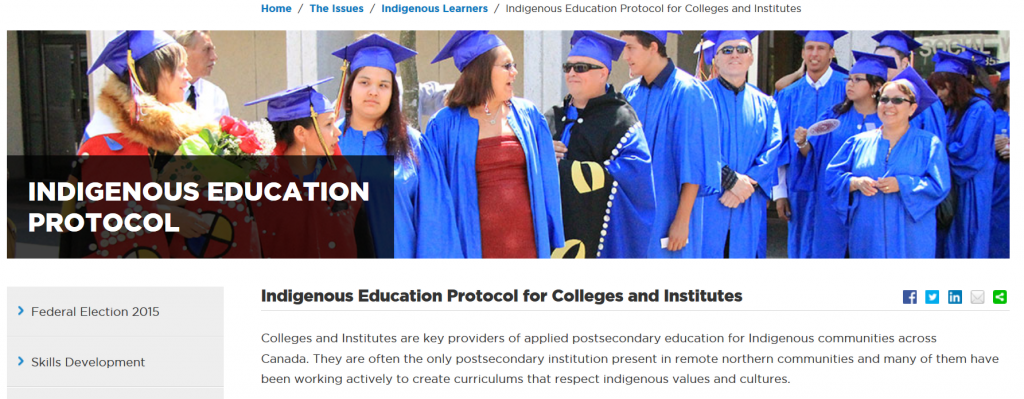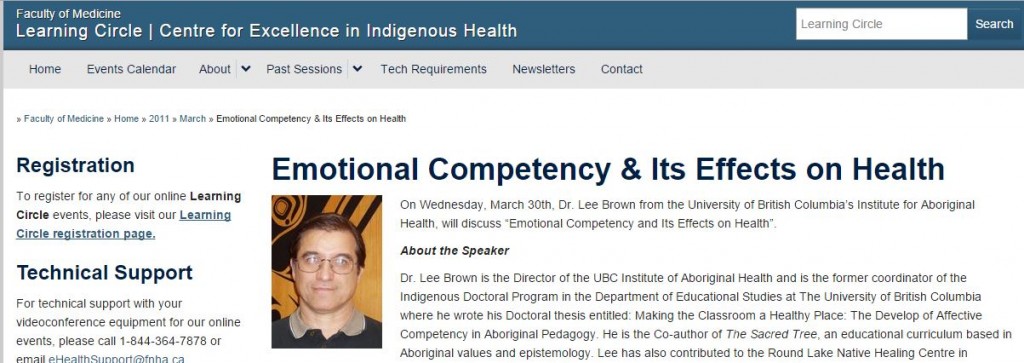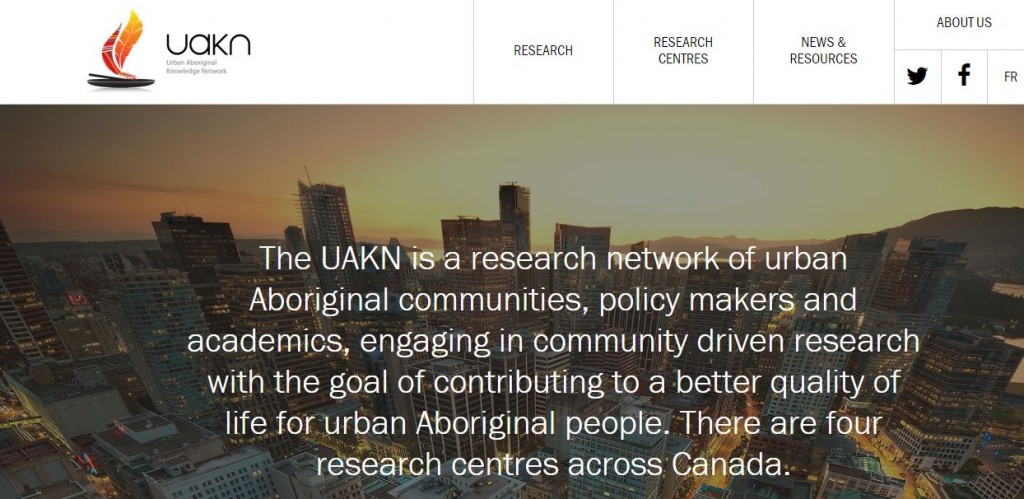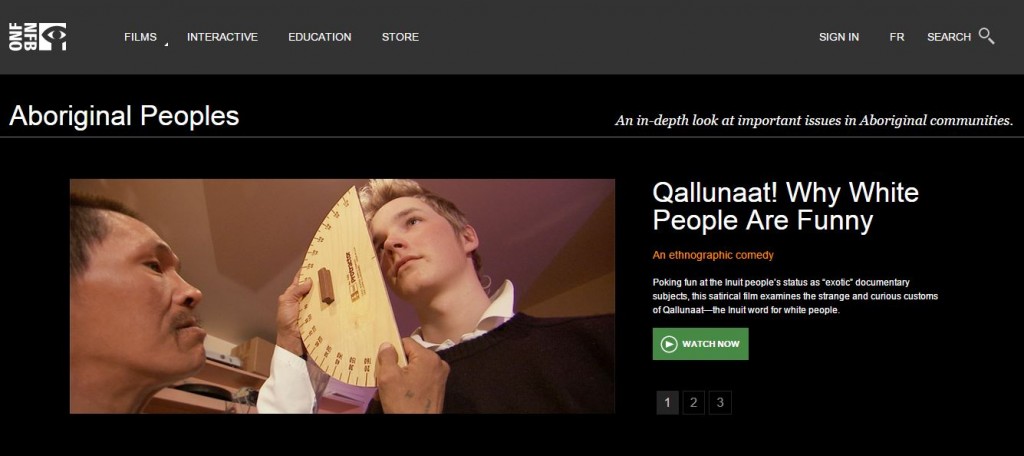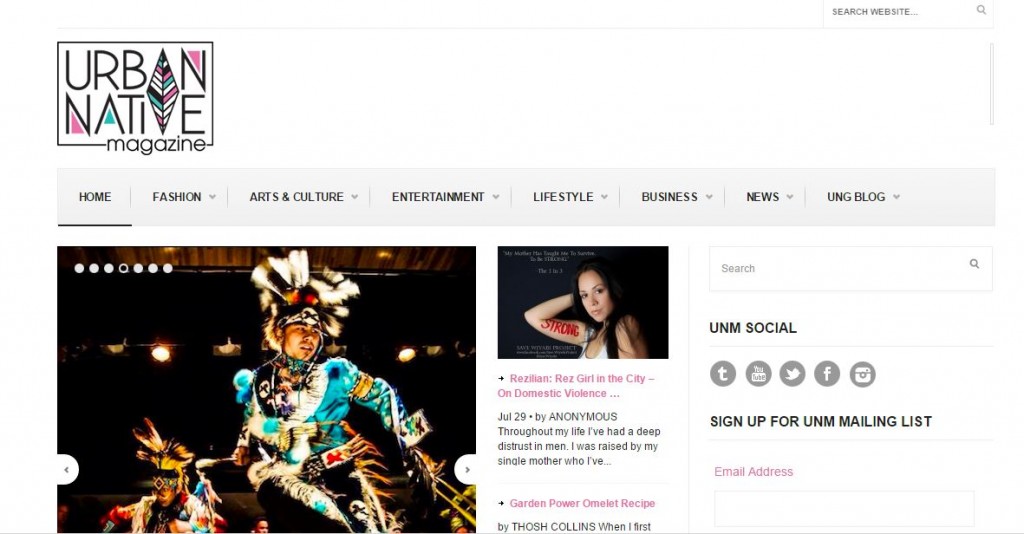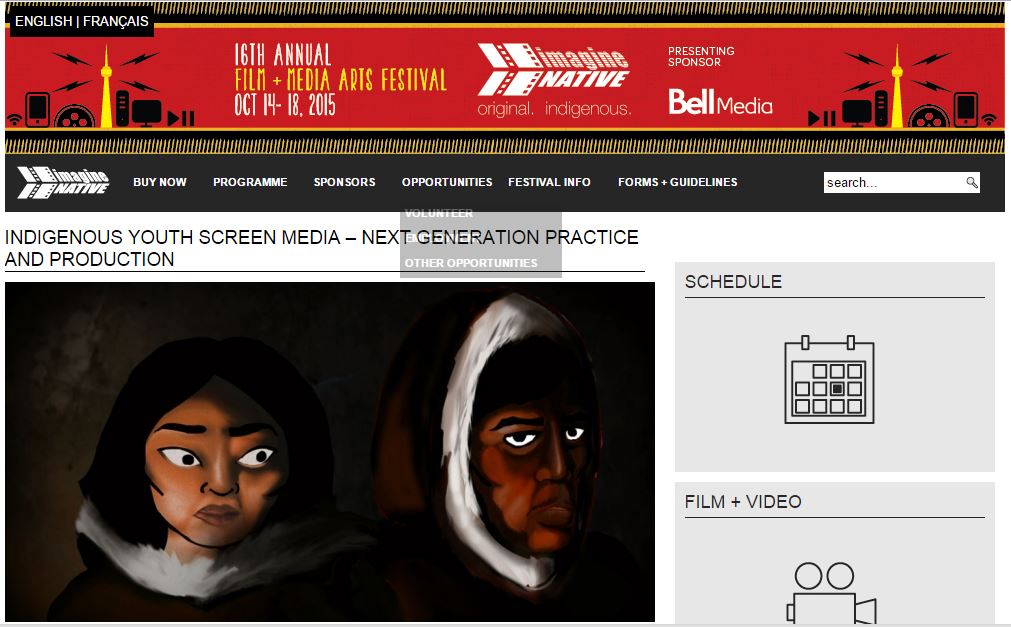 Researching both our module on discrimination and in conjunction with my research topic, I came across the Centre for Social Justice webpage. This organization’s aim is to fight inequalities in income, wealth and power. Within this website is a section on Aboriginal issues. The organization focuses on a historical context, healthcare inequalities, employment barriers and educational issues. This website is a good resource for statistics and building a general understanding of potential inequalities which could be fueling stereotypes of Indigenous people.
Researching both our module on discrimination and in conjunction with my research topic, I came across the Centre for Social Justice webpage. This organization’s aim is to fight inequalities in income, wealth and power. Within this website is a section on Aboriginal issues. The organization focuses on a historical context, healthcare inequalities, employment barriers and educational issues. This website is a good resource for statistics and building a general understanding of potential inequalities which could be fueling stereotypes of Indigenous people.
To view this website: http://www.socialjustice.org/index.php?page=aboriginal-issues
Ronaye Kooperberg (Module 2 – Post 5)
